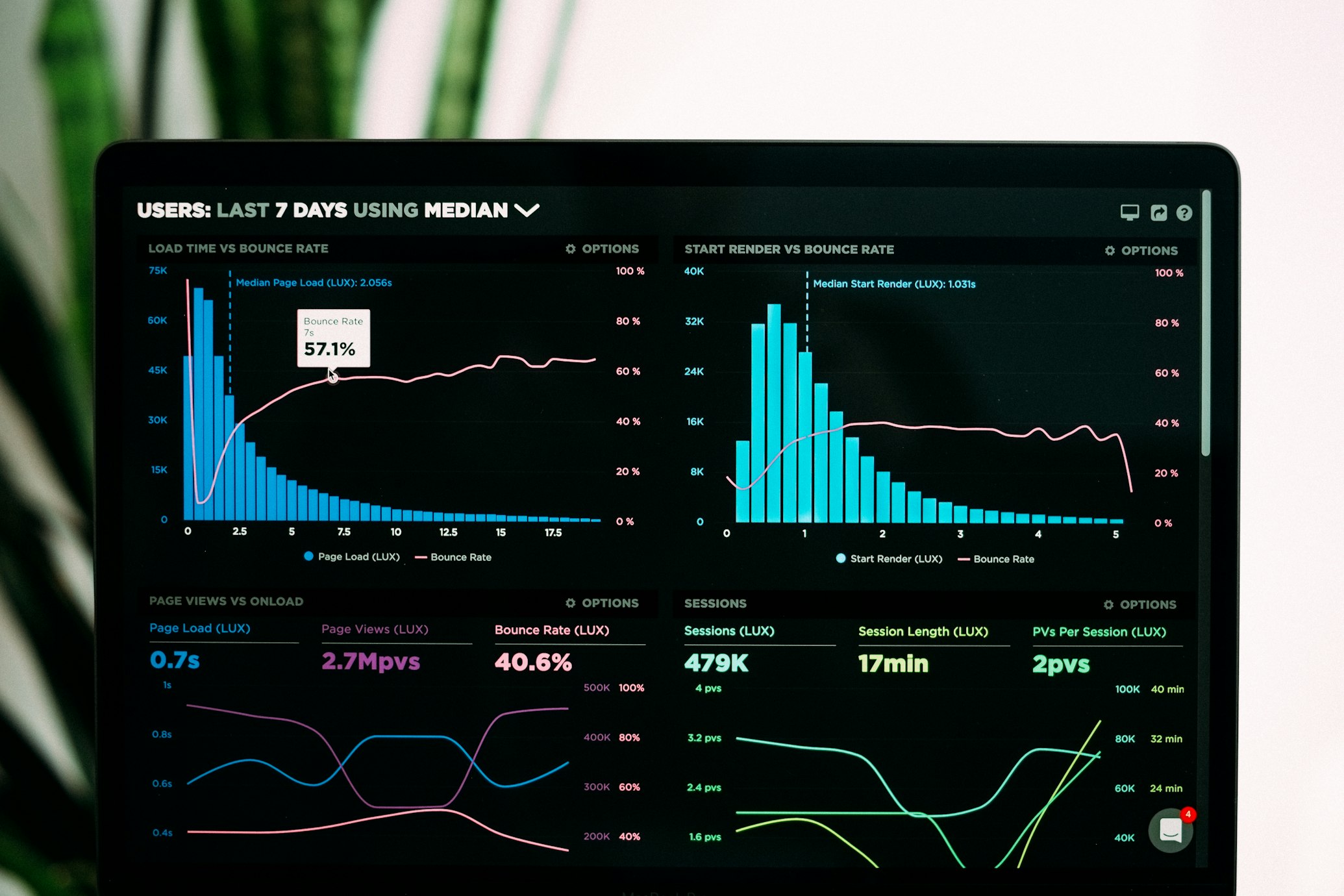📚 Table of Contents
AI-Driven Hyper-Personalization
In 2026, AI-powered hyper-personalization will dominate digital marketing strategies. Unlike traditional segmentation, AI analyzes real-time behavioral data, purchase history, and even emotional cues to deliver tailored experiences. For example, Netflix’s recommendation engine already saves $1 billion annually by reducing churn—imagine applying similar algorithms to e-commerce product suggestions or dynamic email content.
Advanced tools like ChatGPT-5 and Google’s Gemini will enable conversational personalization at scale. A travel brand could use AI to generate custom itineraries based on a user’s Instagram activity, while healthcare marketers might deploy symptom-checker chatbots that adapt responses to regional language nuances.
Key implementation steps:
- Integrate CDP (Customer Data Platform) with AI modeling
- Develop dynamic content blocks for emails/websites
- Train teams on ethical data usage and bias mitigation
Voice Search Optimization
With 55% of households projected to own smart speakers by 2026, voice search optimization becomes non-negotiable. Unlike text queries, voice searches are longer (averaging 29 words), question-based, and demand immediate answers. Local businesses especially benefit—”Where’s the nearest 24-hour pharmacy with flu shots?” requires precise schema markup.
Best practices include:
- Creating FAQ pages targeting question-based keywords
- Optimizing for featured snippets (position 0)
- Developing audio content like branded Alexa Skills
Domino’s Pizza increased voice orders by 20% through their “Dom” voice assistant that remembers past orders—a model other retailers are replicating.
Interactive & Immersive Content
Static posts are losing ground to interactive experiences that boost engagement metrics by 300%. In 2026, marketers will leverage:
- Augmented Reality (AR): IKEA’s Place app lets users visualize furniture in their homes pre-purchase
- 360° Video Tours: Marriott’s VR postcards increased bookings by 27%
- Calculators & Quizzes: Sephora’s Foundation Finder improved conversion by 11%
Tools like Adobe Aero and WebXR make immersive content accessible without coding. A B2B company could create an interactive ROI calculator, while a nonprofit might build a VR experience showing donation impact.
Sustainability & Ethical Marketing
73% of Gen Z consumers will pay more for sustainable brands—but greenwashing risks are higher than ever. Authentic sustainability marketing in 2026 involves:
- Blockchain-powered supply chain transparency (e.g., Everlane’s radical transparency)
- Carbon-neutral digital campaigns (The North Face partners with EcoPing to offset ad emissions)
- User-generated eco challenges (Patagonia’s Worn Wear program)
Dove’s “Reverse Selfie” campaign tackling digital distortion increased sales by 24% while addressing ethical concerns—proof that purpose-driven marketing drives profit.
Metaverse & Virtual Engagement
While still evolving, early metaverse adopters are seeing ROI. Gucci’s Roblox collaboration earned $4 million in virtual bag sales—more than the physical version’s retail price. Key 2026 strategies include:
- Virtual product launches (Nike’s .SWOOSH NFTs)
- Persistent branded worlds (Wendy’s Fortnite activation)
- Avatar-based loyalty programs (Starbucks Odyssey)
B2B companies are hosting hybrid metaverse conferences, with 65% lower costs than physical events. Tools like Spatial and Meta Horizon Workrooms make virtual collaboration seamless.
Conclusion
The 2026 digital marketing landscape rewards brands that blend technological innovation with human-centric storytelling. From AI crafting million unique customer journeys to virtual storefronts in the metaverse, success lies in testing early, measuring relentlessly, and staying agile as new channels emerge.


Leave a Reply